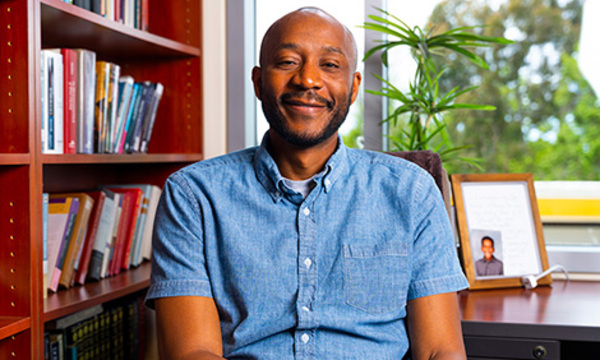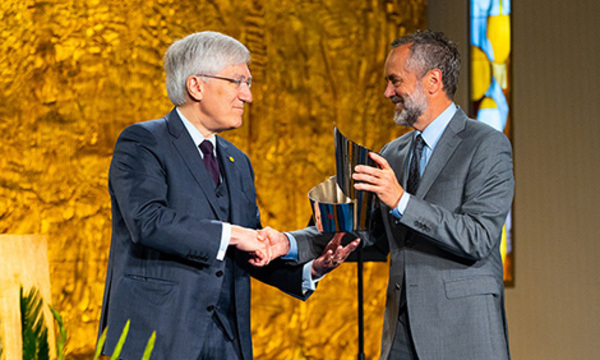Nestled between Talbot East and Sutherland Hall, the Mosaic Cultural Center is a new space that will play an important role in the university’s ongoing efforts to celebrate and foster diversity on campus.
As a centralized space for students, faculty and university partners to interact, the center will enable the community to learn about cross-cultural issues and to gain intercultural experience, said Doretha O’Quinn, vice provost of multi-ethnic and cross-cultural engagement.
“It’s a space that really helps us engage the principles of the kingdom and cultivate our aspirations,” O’Quinn said. “When I think about the programs that will be a part of the Mosaic Cultural Center, I think it’s a haven for all to feel welcome.”
The center’s goal is to encourage students to respect and celebrate diversity, O’Quinn said, in addition to training up students through community-based learning — meaning students will be able to engage diverse communities using the skills they’ve learned in the classroom.
The center will also house off-campus programs, as well as the offices of Multi-Ethnic Programs and Development and the Center for Cross-Cultural Engagement. Campus clubs are welcome to meet in the center’s community room, and faculty-student training programs will be hosted in the center’s conference room.
At the dedication on April 15, President Barry H. Corey expressed his desire for the center — a significant accomplishment from Biola’s University Plan — to be a common place to meet and facilitate discussions around diversity and multi-ethnic issues.
“My prayer is that this Mosaic Cultural Center be the gathering place, actually one of many, in this community where we reflect our commitment to prepare students who are ready to take on the challenges of the world, to live in diverse settings and provide servant leadership where the world most desperately needs it,” Corey said. “May we celebrate the multi-ethnic mosaic of this campus ... and increasingly be a community defined by the image of God that is beautifully formed in each of us.”

1. Staff Offices
The facility is home to four offices for staff in Multi-Ethnic Programs and Development and the Center for Cross-Cultural Engagement.
2. Conference Room
The conference room, outfitted with an interactive TV, is used for student meetings, study abroad debriefings, and staff and faculty presentations.
3. Kitchen
The kitchen is a homey space for students and faculty to share a meal together and to build community.
4. Community Space
The main space will be used for poetry nights, lectures and club meetings. A large television (not pictured) is the perfect spot for screening documentaries and films.
5. Wood Paneling
One of the center’s most creative design features is the wood paneling that wraps around the walls of the main room, all imported from six different continents. Each wall has a label indicating the wood’s continent of origin.
Online Extra
Watch the dedication ceremony for the Mosaic Cultural Center below.
 Biola University
Biola University.jpg)

